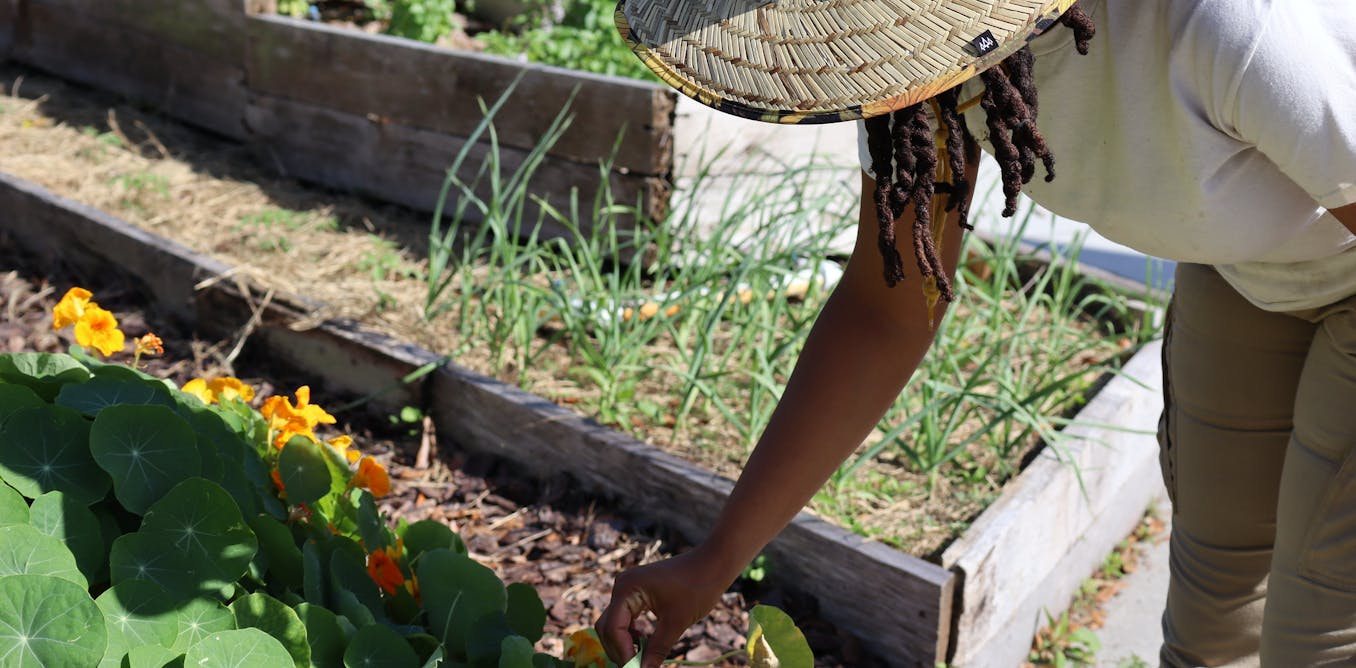City Blooming - Questions
City Blooming - Questions
Blog Article
Some Known Questions About City Blooming.
Table of ContentsWhat Does City Blooming Mean?Some Known Details About City Blooming The Single Strategy To Use For City BloomingThe Best Guide To City BloomingExcitement About City Blooming
Fascinated in expanding food available for sale in the City of Chicago? Thinking about beginning a neighborhood garden? Adjustments to the Chicago Zoning Regulation permit agricultural uses like community gardens and urban ranches in several parts of the city. Below is a list of frequently asked inquiries relating to the guidelines and laws that growers ought to consider when intending a metropolitan agriculture task.
The zoning amendment does not change any various other codes taking care of composting, structure licenses, acquiring or leasing City owned residential property, business licenses or environmental contamination. There are existing codes that control these issues and they continue to be in full result and may apply to your job. Area gardens are commonly owned or managed by public entities, civic organizations or community-based organizations and preserved by volunteers.
Urban ranches grow food that is meant to be marketed, either on a nonprofit or for-profit basis. Because of their commercial function, metropolitan ranches require an organization certificate. Yes. A community yard is allowed to offer surplus create that was expanded on site if the sales are accessory or subservient to the yard's primary objective defined above.
Rumored Buzz on City Blooming
Composting is permitted however just for plant product that is generated and utilized on site. The quantity of garden compost material can not surpass 25 cubic lawns at any given time according to the criteria in 7-28-715 of the City's Municipal Code. Yes. Due to the fact that the dirt at the majority of brand-new garden sites requires modifying, compost, soil, wood chips, or various other materials can be obtained to create or boost the expanding area - sustainable gardening.

If a structure authorization is called for after that the hoophouse will certainly be taken into consideration an accessory building. You can locate out even more concerning the structure authorization needs by calling the Department of Structures. The 25,000-square-foot dimension limit is planned to avoid a single community garden from dominating an offered block or interfering with the block's existing property or commercial personality.
The restriction does not relate to yards found in Public Open Room (POS) areas. Can there be greater than one community yard that is 25,000 square feet on a single block? Yes. The size limit uses to individual gardens, not to individual blocks. No. Fence is not called for, nevertheless, gardens that have big parking locations might be called for to mount secure fencing or other landscaping features.
Not known Incorrect Statements About City Blooming
B1 & B2 areas need that all commercial usage tasks be performed inside. R areas limit business task. The guidelines show the objective and intent of the Zoning Code. Is fencing required for city farms? Yes. Fencings may be needed, along with landscaping and testing, for certain car parking areas and outdoor job or storage locations depending on location and the specific activity happening.
Urban farms call for structure licenses and zoning approvals prior to construction (fruit and vegtables). Various other forms of city testimonial may be required depending on particular structures, tasks, size, landscaping, licensing, public heath and stormwater management concerns.
The Division of Organization Matters and Consumer Protection can assist figure out the specific type of organization certificate that's needed. Off street car park is required for a lot of business tasks in Chicago. The required number of auto parking rooms is based on the number of employees working on website and not the square footage of the growing area.
The 6-Minute Rule for City Blooming

Yes. A city ranch Continued can offer garden compost material generated on website, nonetheless, the procedure must follow the policies in 7-28-715 of the Chicago Municipal Code. Yes. Aquaponic systems are enabled inside on urban farms in many zoning areas. However, a zoning testimonial and building license is called for in order to set up frameworks or systems and a company license is called for as defined over.
Up to 5 hives or colonies of honey bees might be kept as an accessory use. Beekeepers should register with the Illinois Department of Farming. For more details concerning the recommended zoning change you may call the Department of Housing and Economic Growth, Bureau of Preparation and Zoning at 312.744.8563.
, which takes location in country areas at the edge of suburban areas.
The 10-Second Trick For City Blooming
It can involve a movement of natural cultivators, "foodies" and "locavores", who look for to develop socials media based on a shared principles of nature and community holism. These networks can create by method of formal institutional assistance, becoming integrated into neighborhood town as a "shift town" activity for sustainable metropolitan advancement.
In either case, the a lot more straight access to fresh vegetable, fruit, and meat items that may be realised with city agriculture can enhance food safety and security and food safety and security while decreasing food miles, bring about lower greenhouse gas emissions, consequently adding to climate modification reduction. Several of the first proof of urban agriculture comes from Mesopotamia.
Report this page